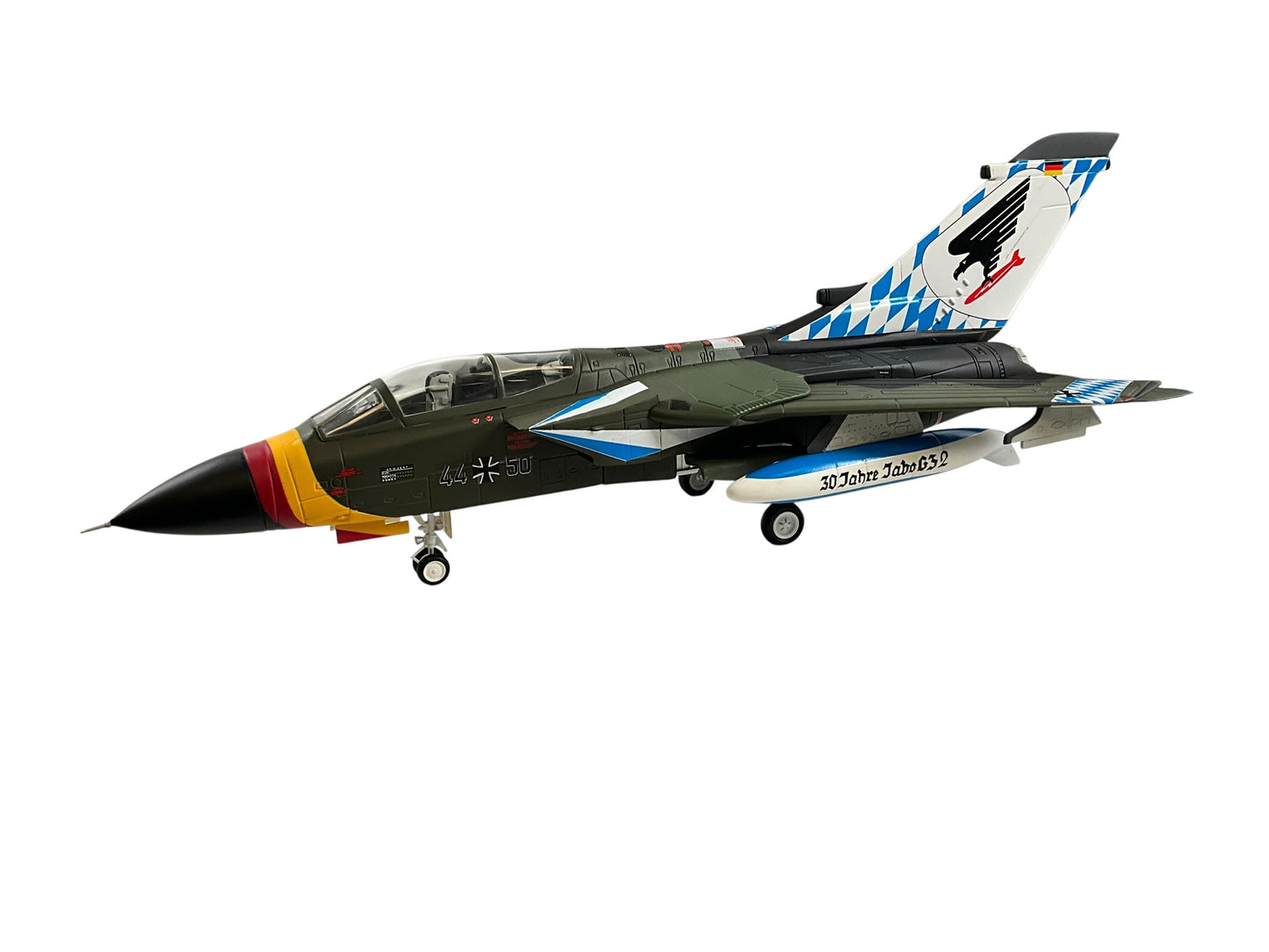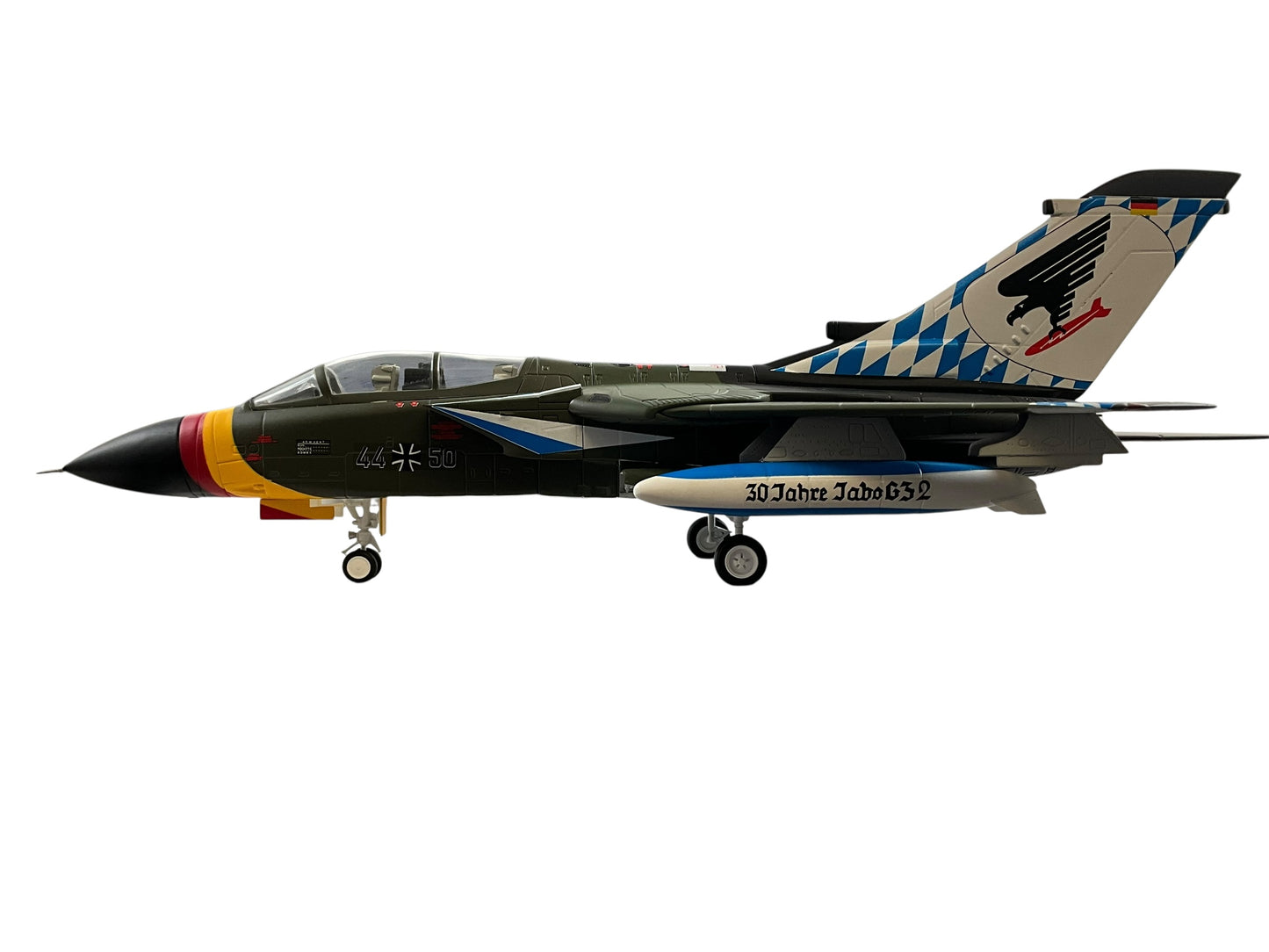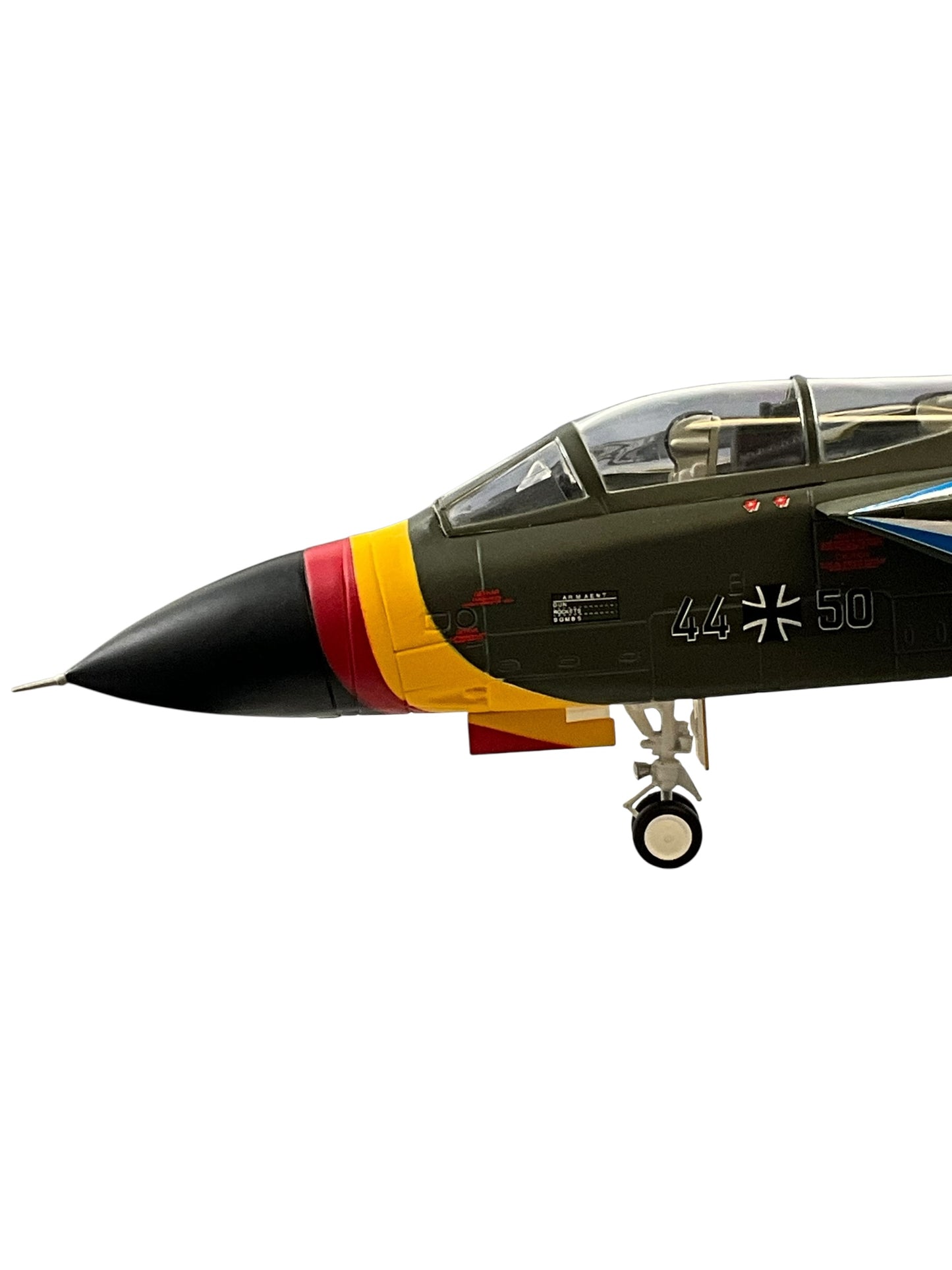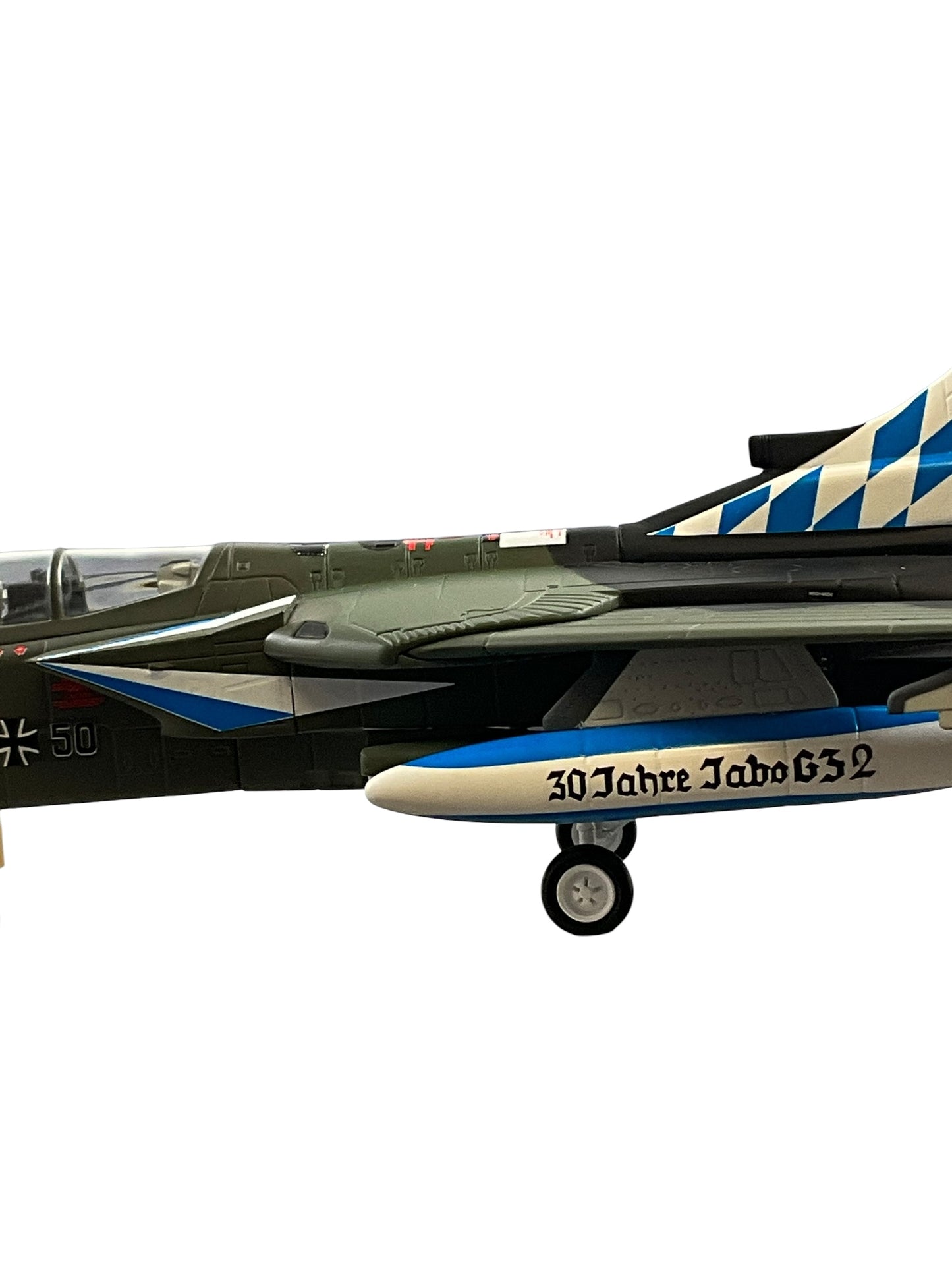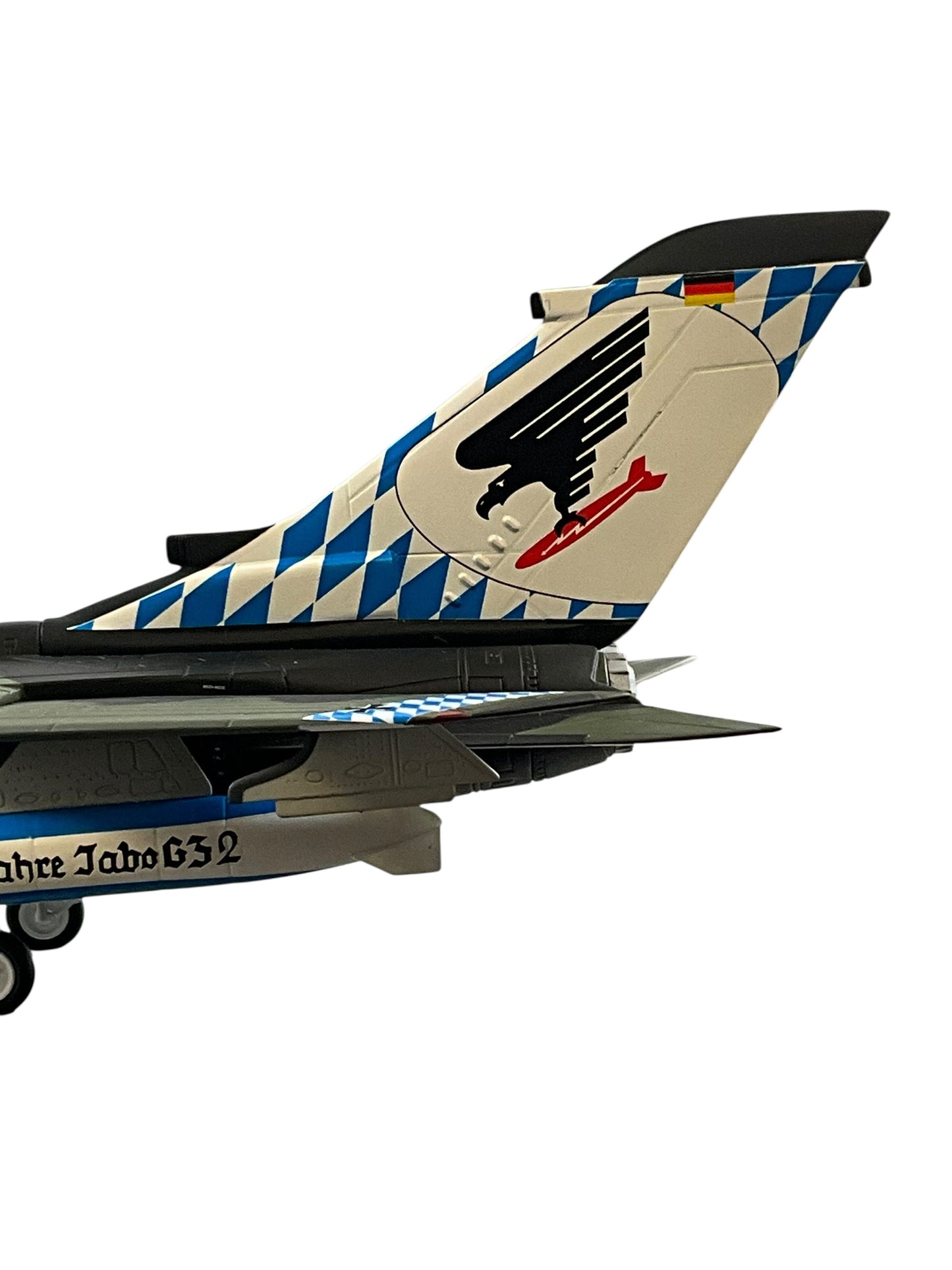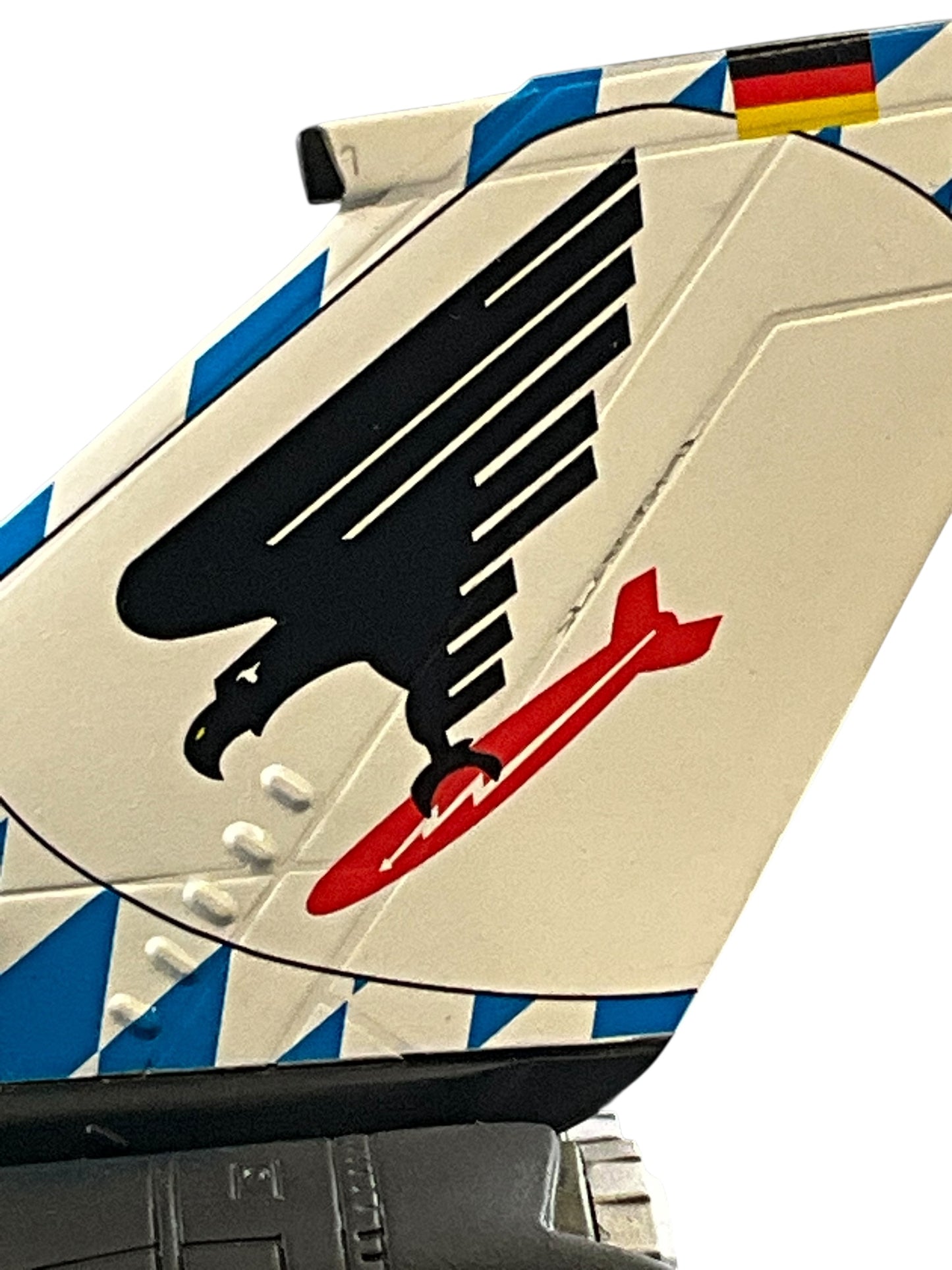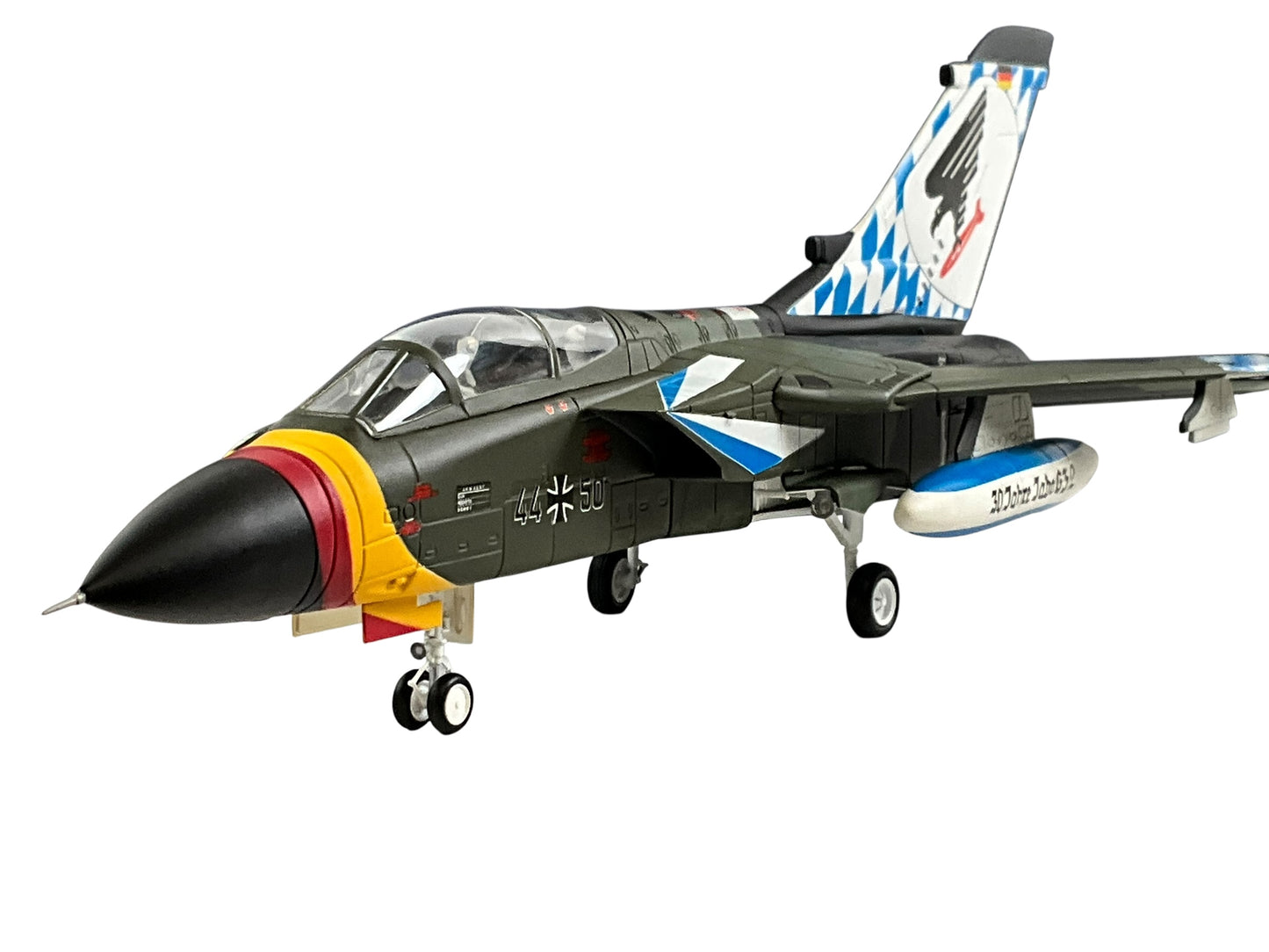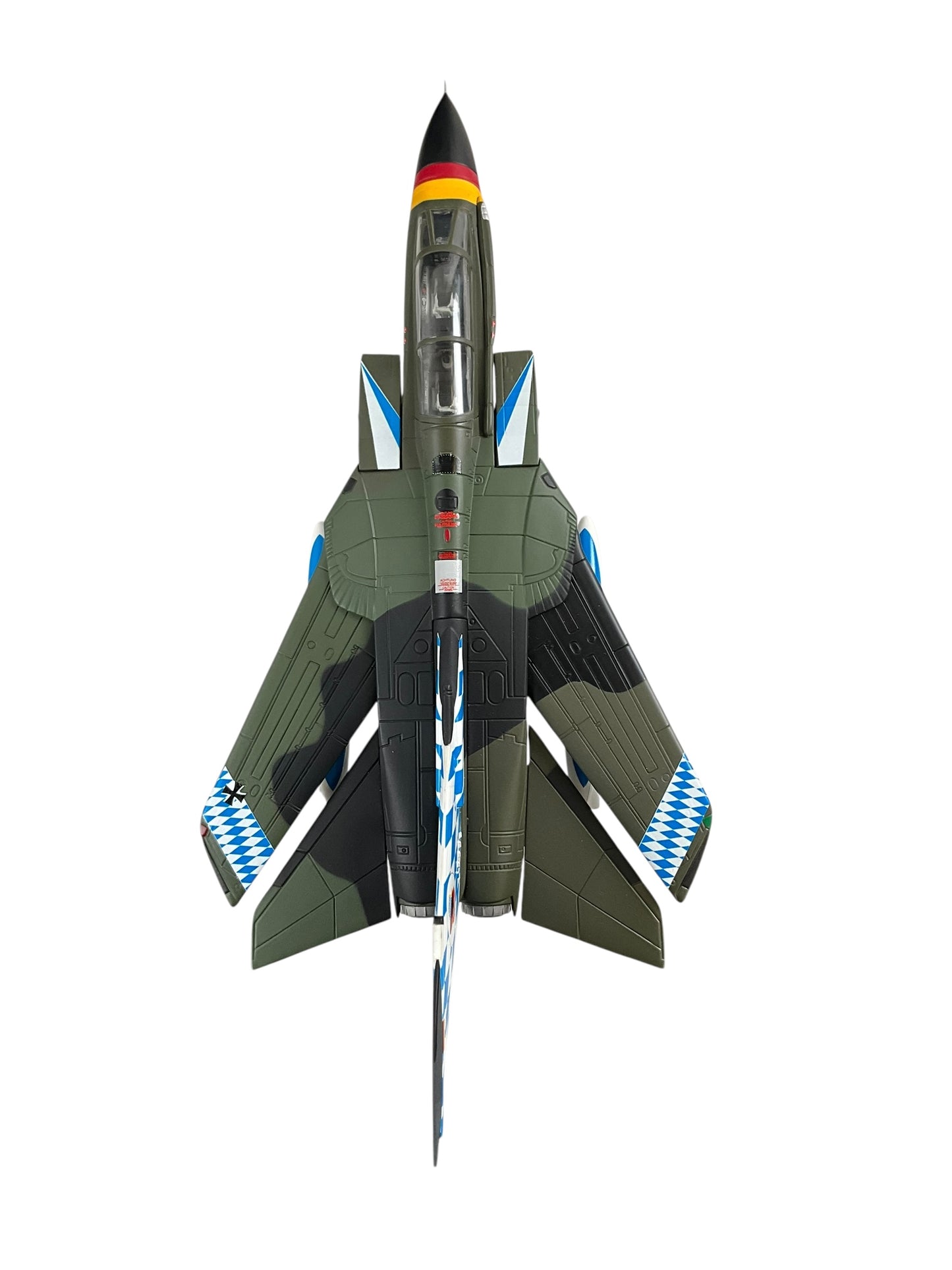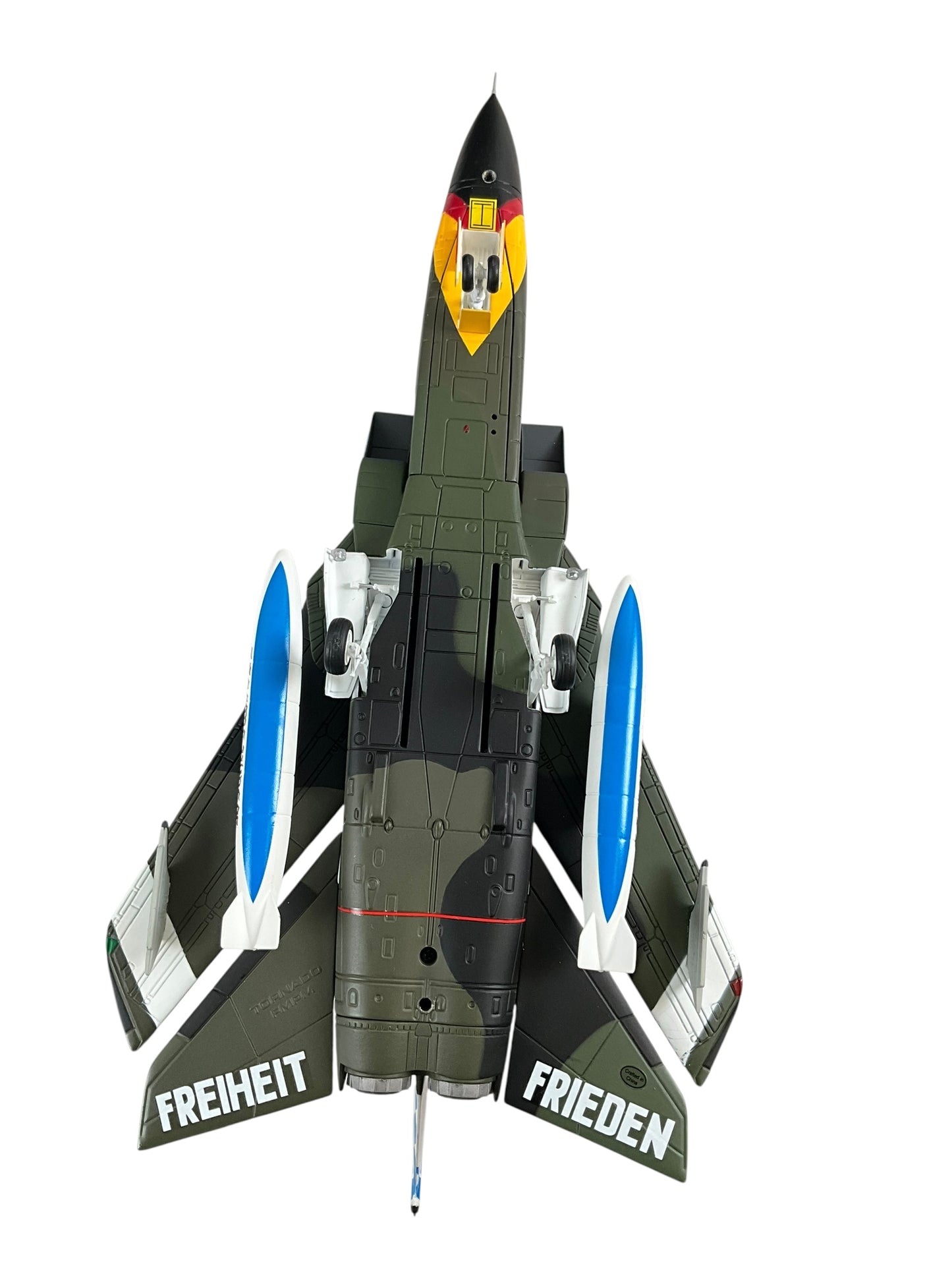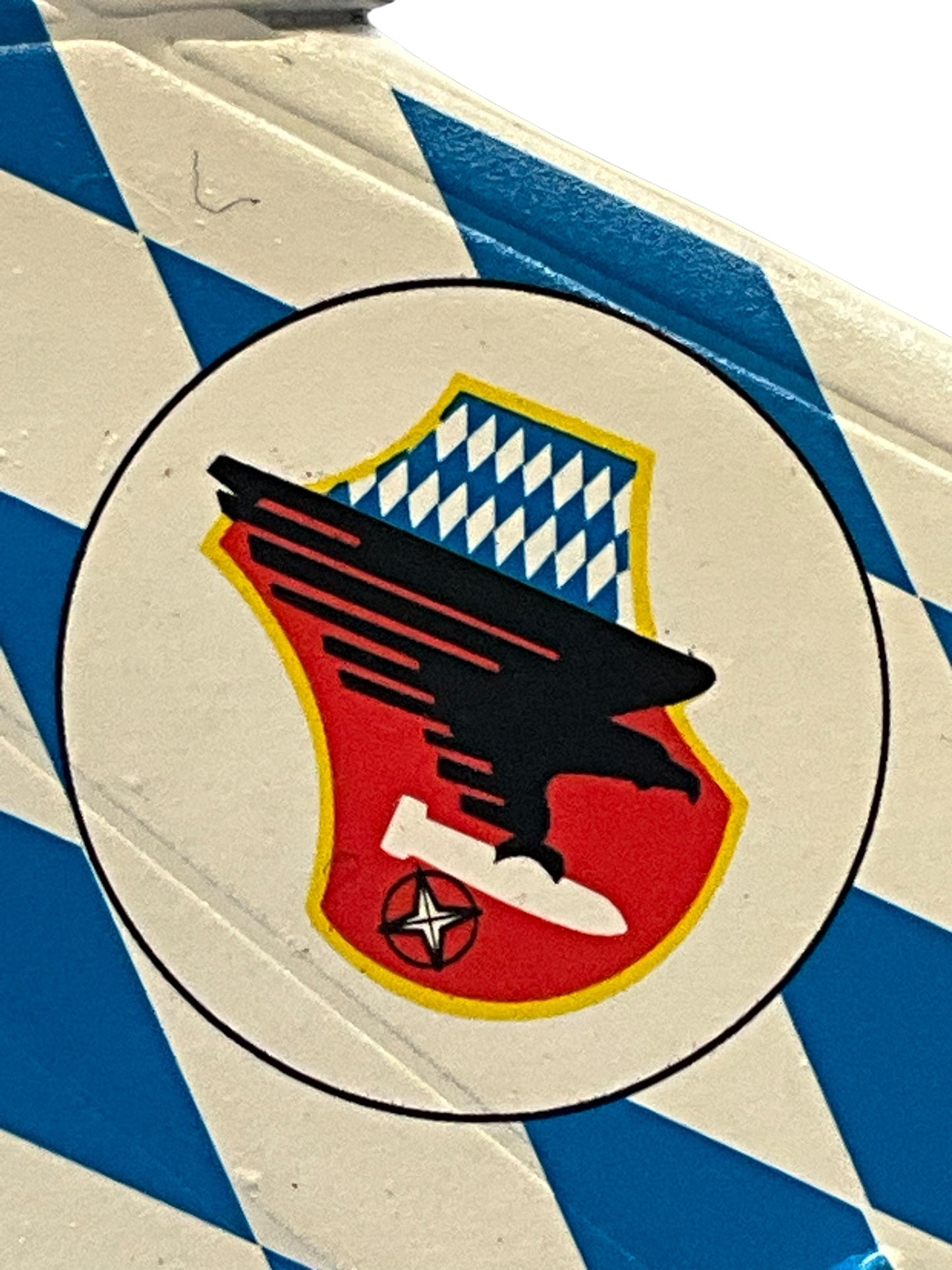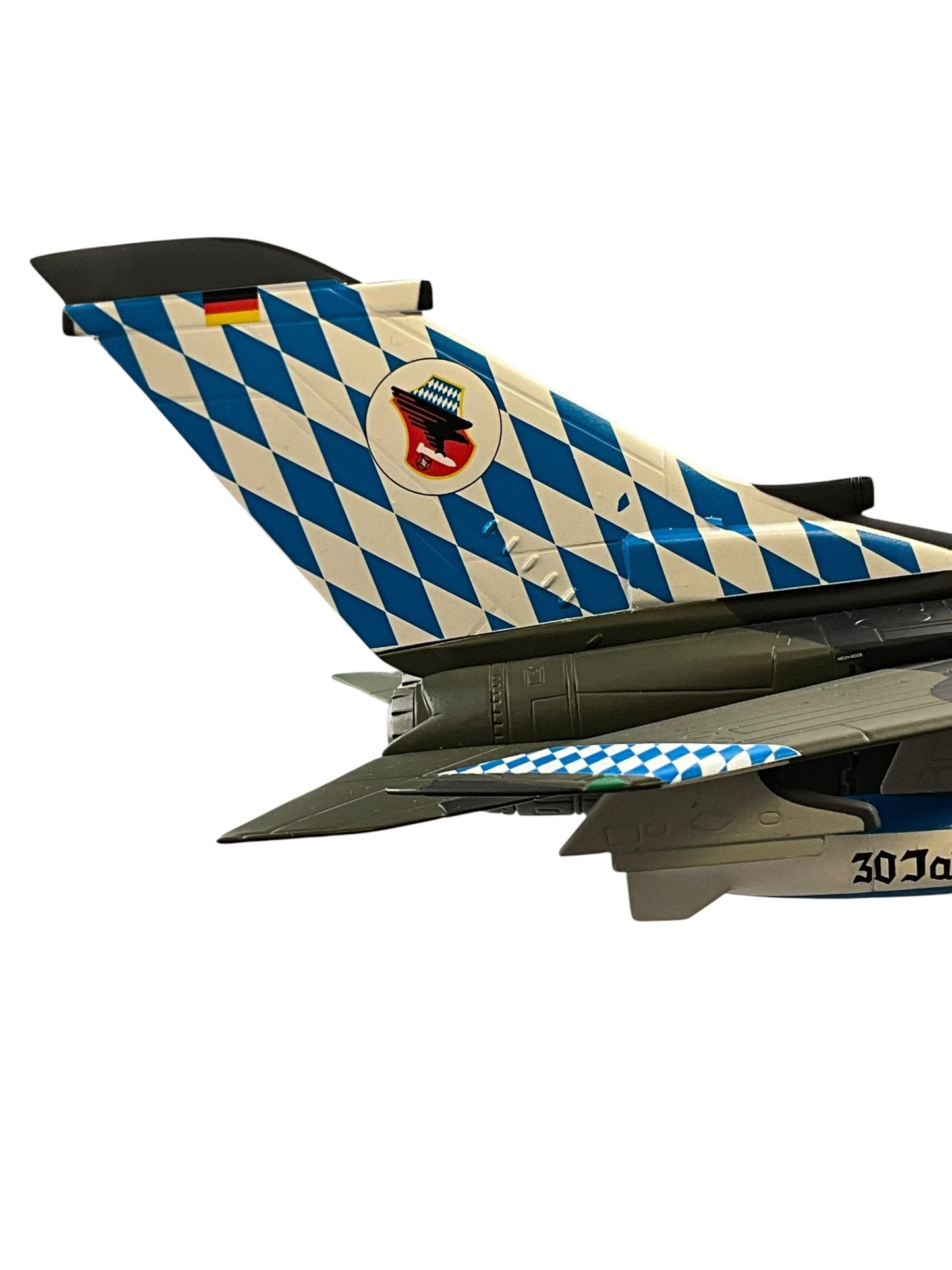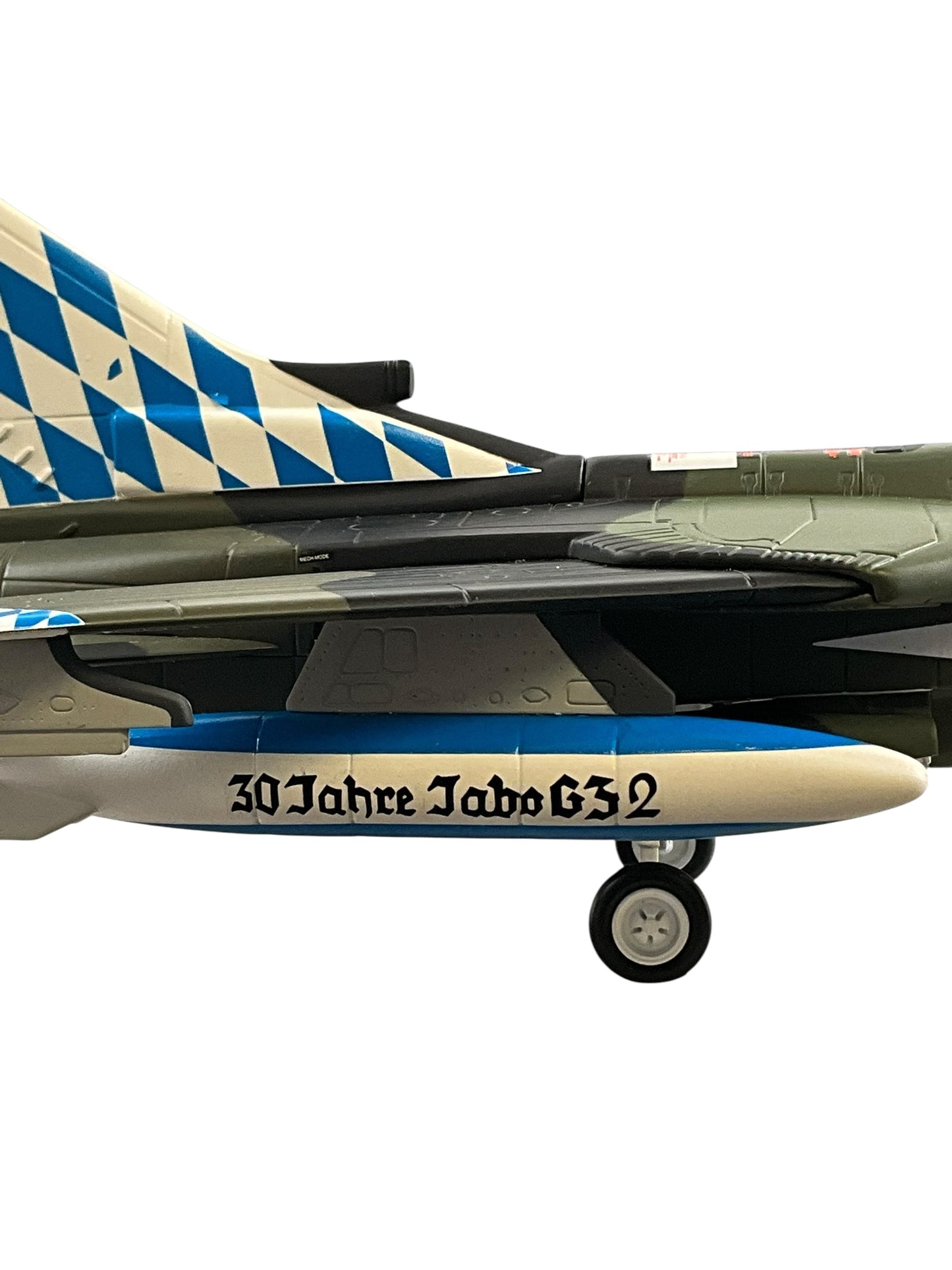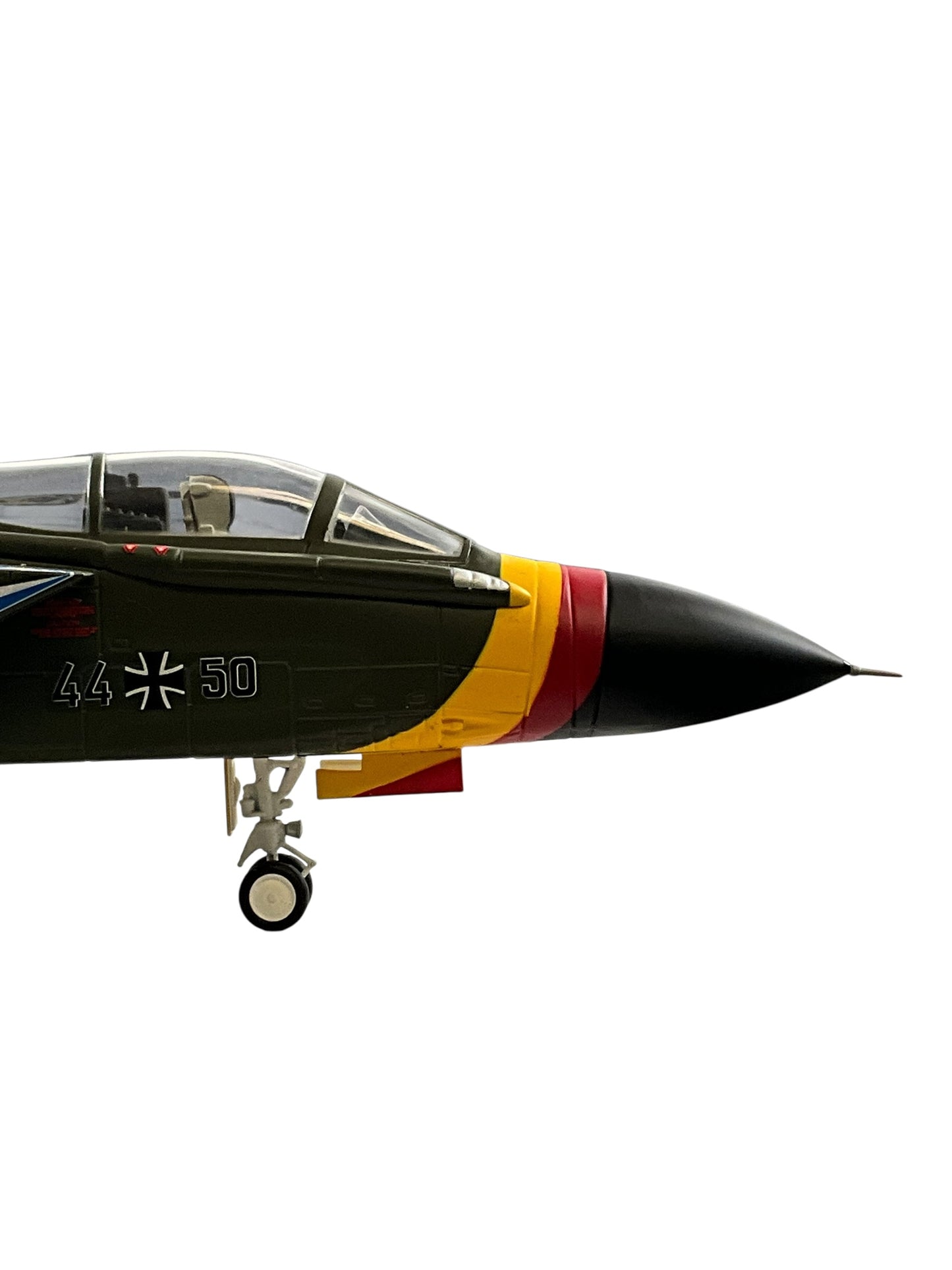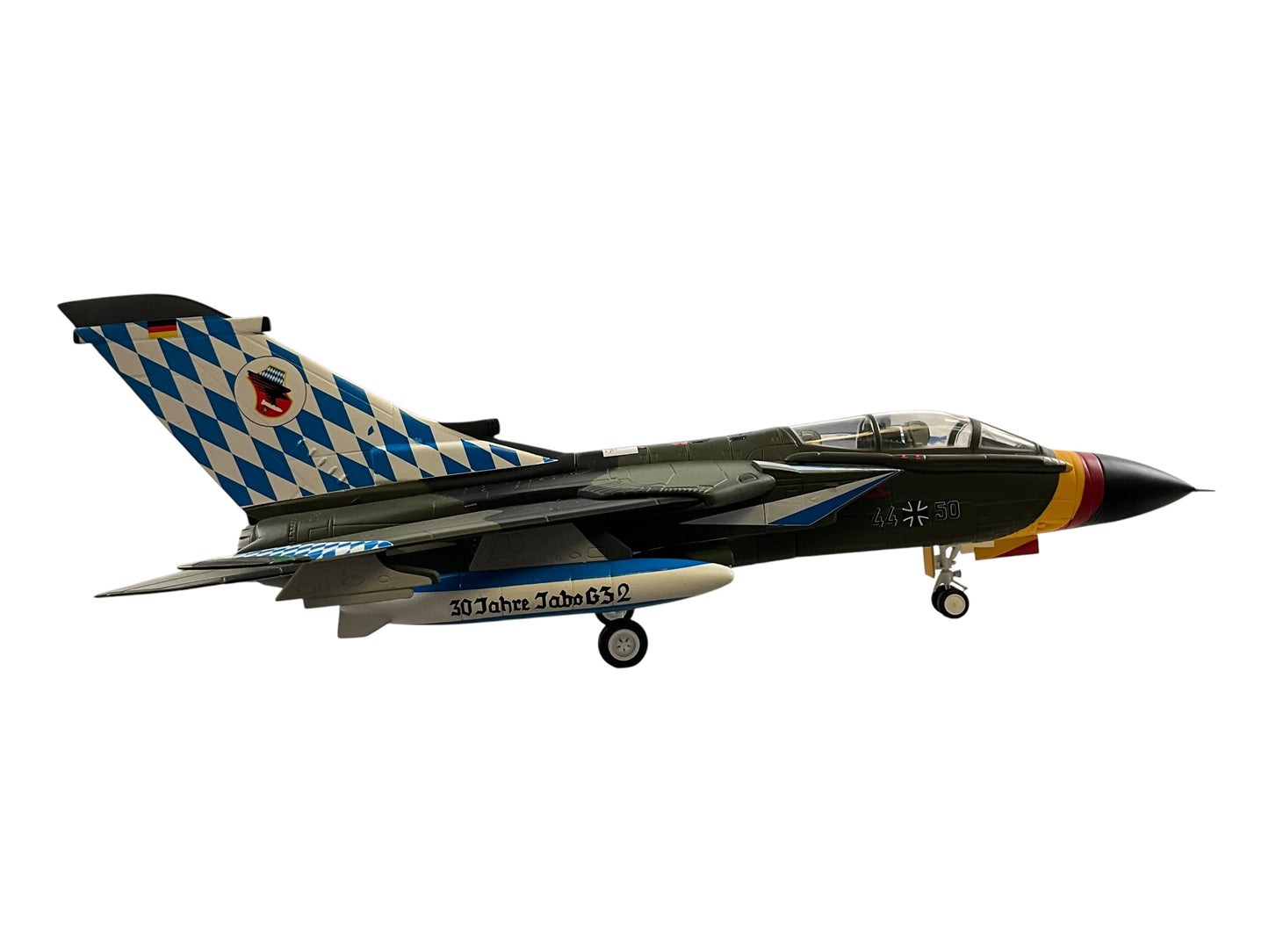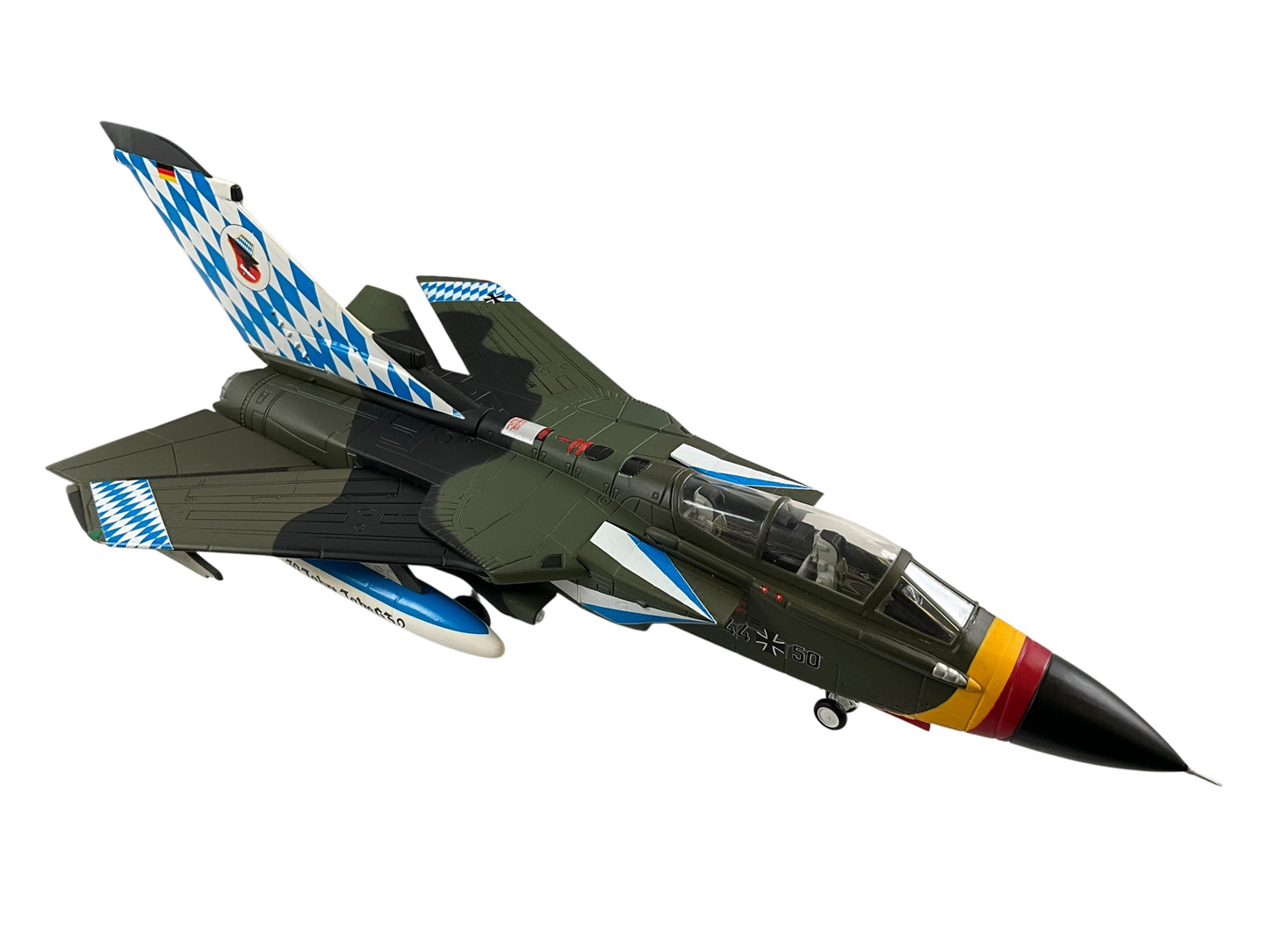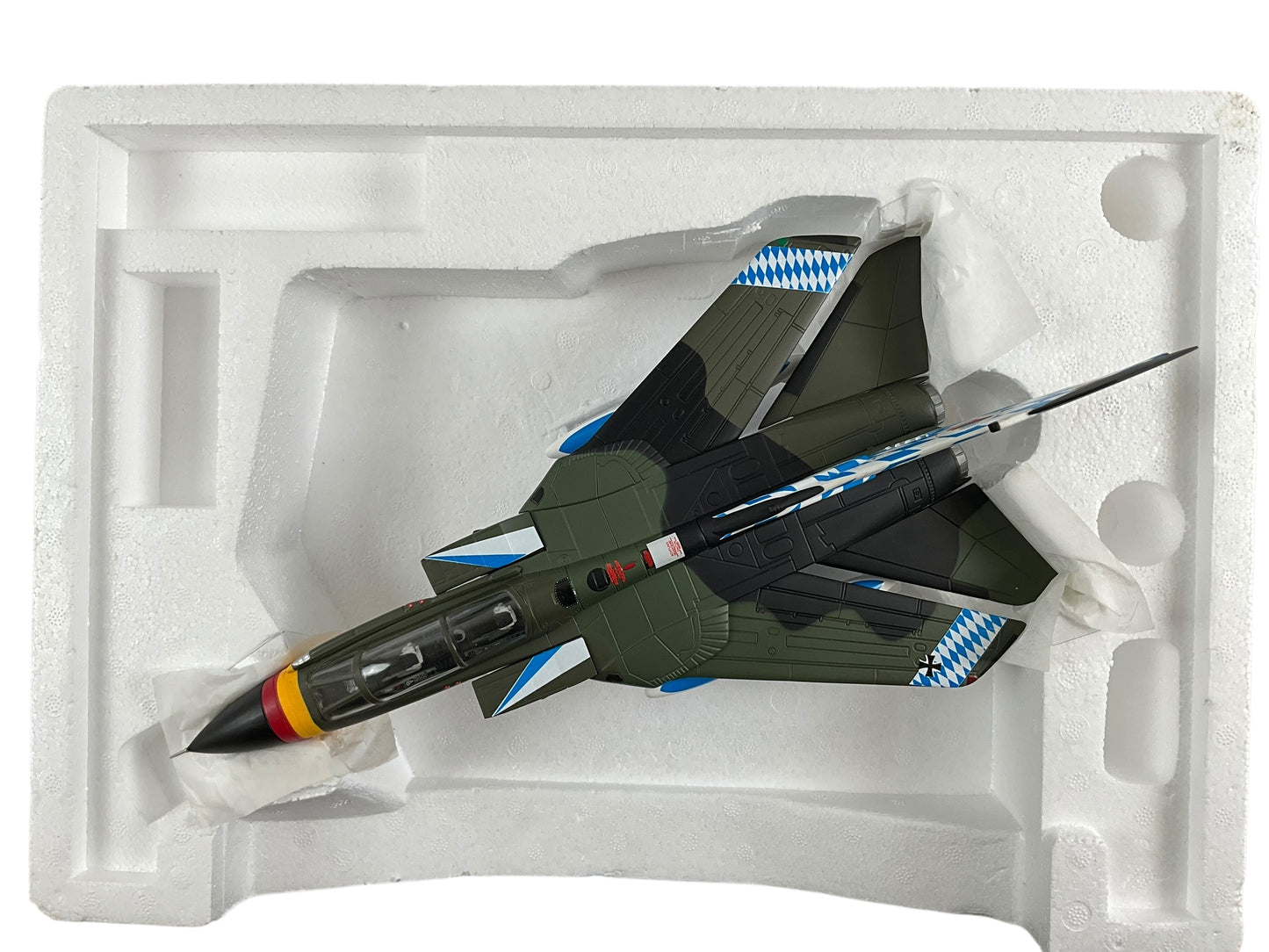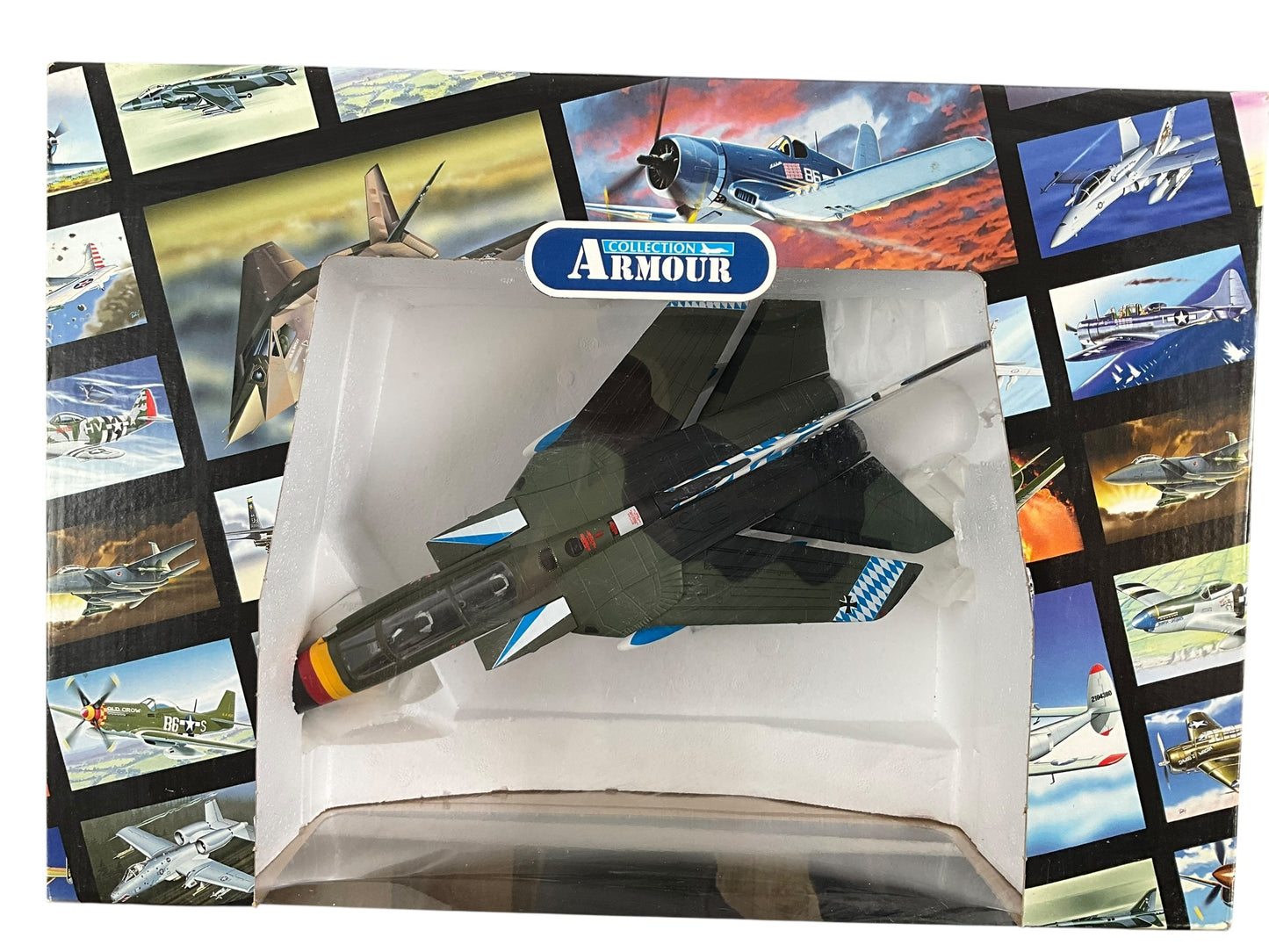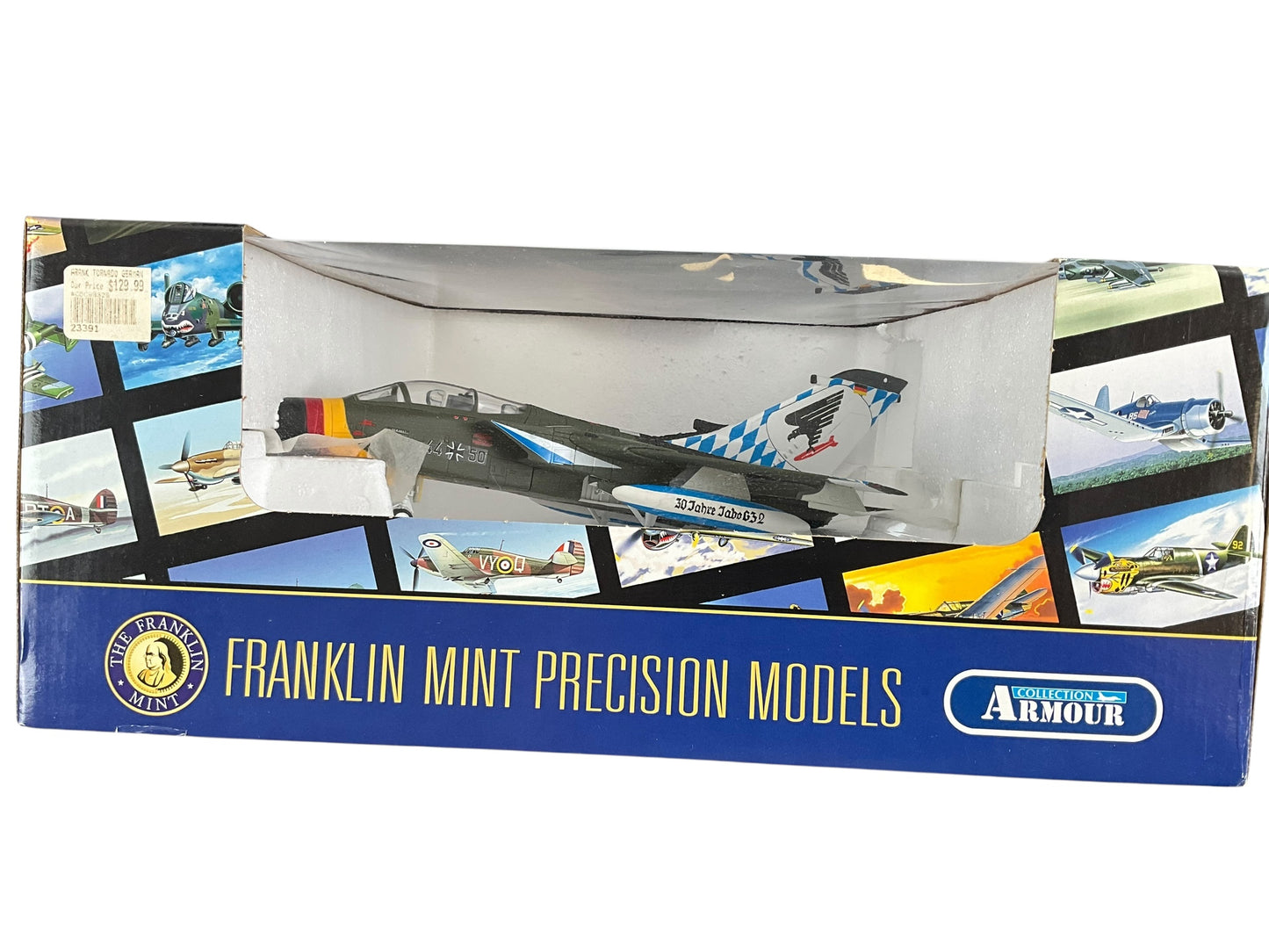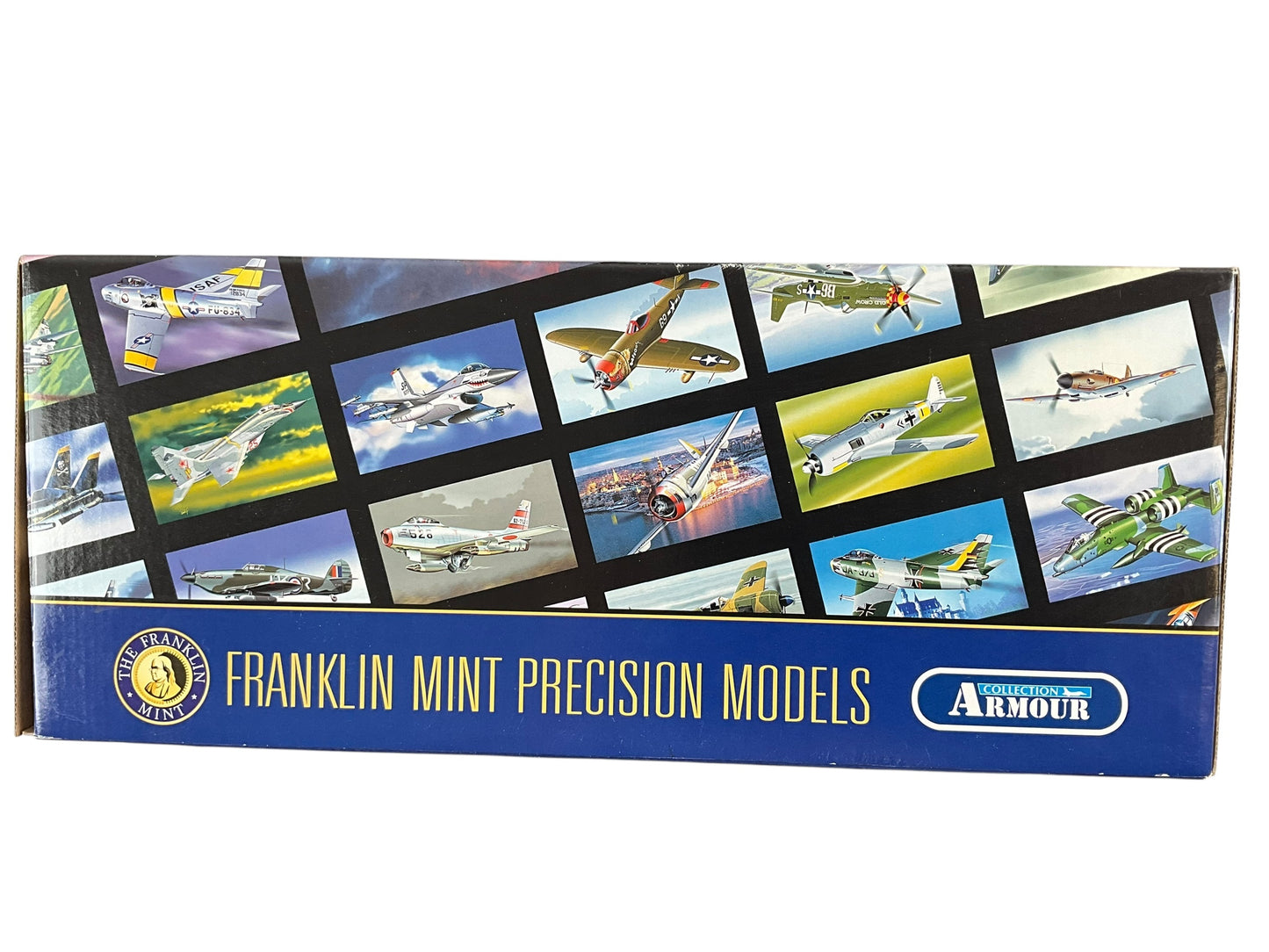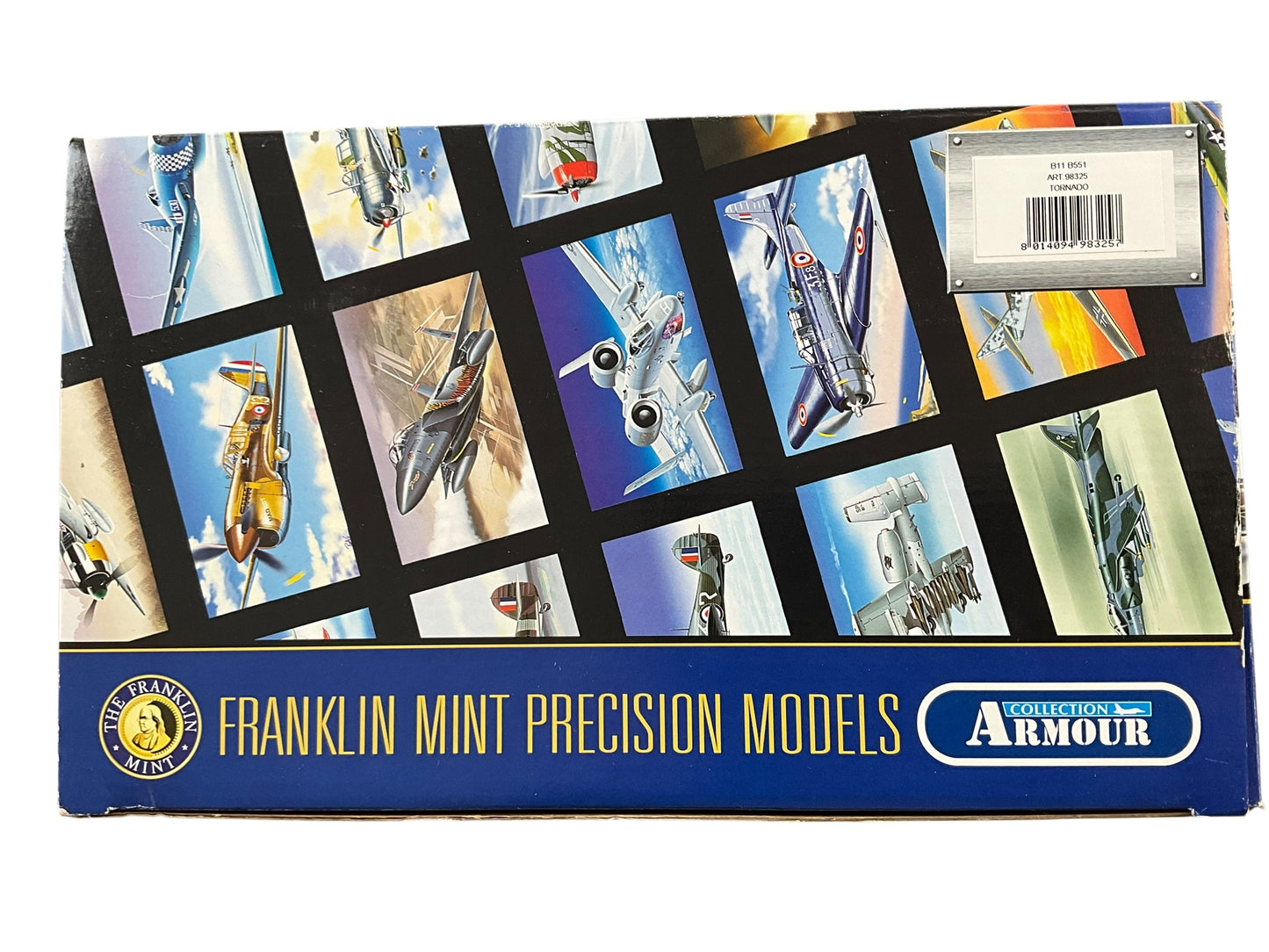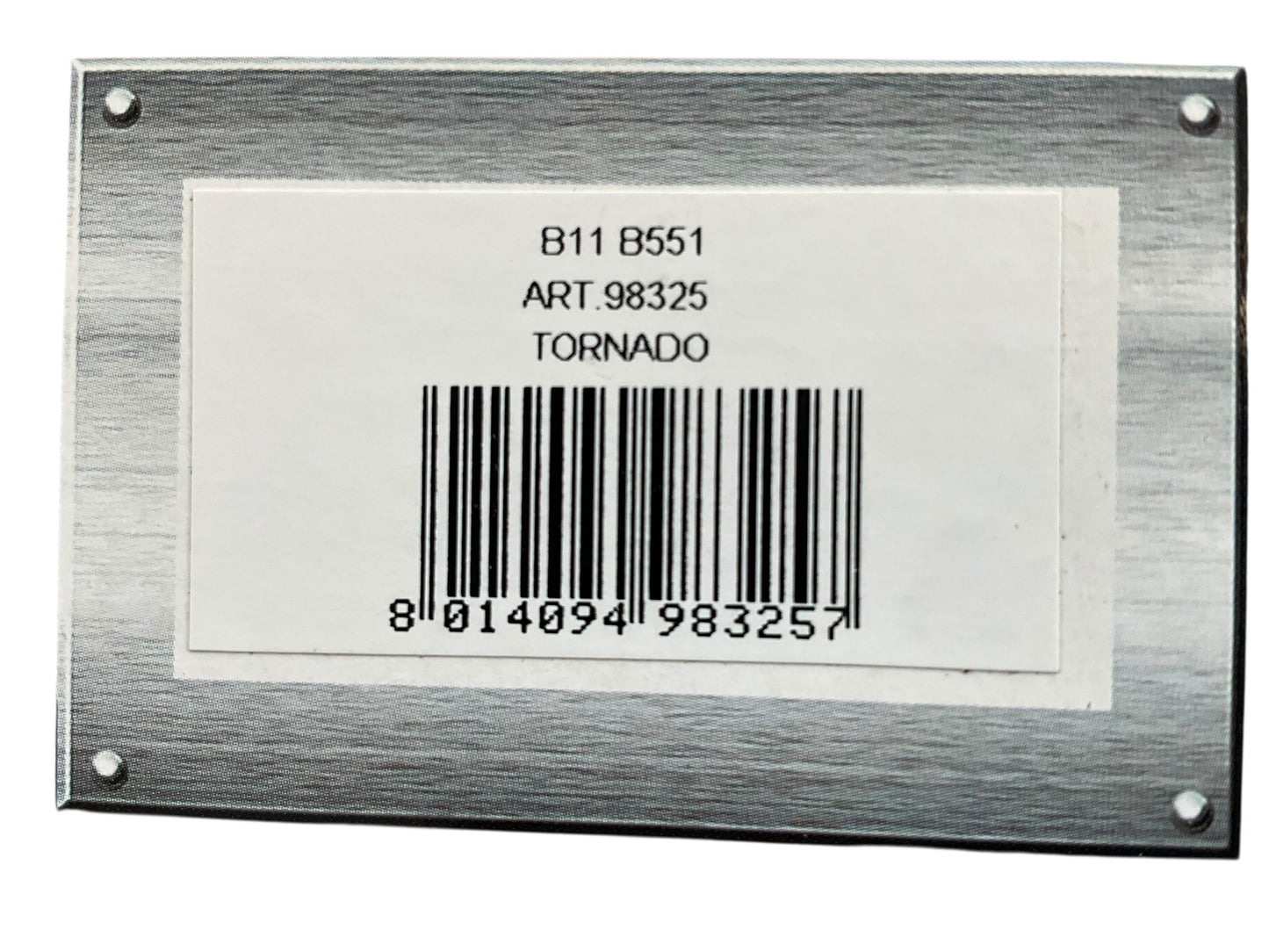airdrop militaria
1/48 Franklin Mint/Armour (B11B551/ART.98325) Panavia Tornado IDS MRCA (44+50) "30 Jahre JaboG32" Livery Deutsch Bundes Luftwaffe (Limited Edition)
1/48 Franklin Mint/Armour (B11B551/ART.98325) Panavia Tornado IDS MRCA (44+50) "30 Jahre JaboG32" Livery Deutsch Bundes Luftwaffe (Limited Edition)
Couldn't load pickup availability
1/48 Franklin Mint/Armour (B11B551/ART.98325) Panavia Tornado IDS MRCA (44+50) "30 Jahre JaboG32" Livery Deutsch Bundes Luftwaffe (Limited Edition)
Franklin Mint Armour Collection Panavia Tornado IDS MRCA German Luftwaffe "30 Jahre JaboG 32 " Livery ~ Lechfeld Germany, 1988 Plane is NEAR MINT. Wingspan: 7.75 inches ~ Length: 13.5 inches Scale: 1:48 Franklin Mint Model B11B551 The Story Behind the Panavia Tornado The Panavia Tornado is a multi-role, twin-engine aircraft designed to excel at low-level penetration of enemy defenses. The mission envisaged during the Cold War was the delivery of conventional and nuclear ordnance on the invading forces of the Warsaw Pact countries of Eastern Europe; this dictated several significant features of the design. Variable wing geometry, allowing for minimal drag during the critical low-level dash towards a well-prepared enemy, had been desired from the project's start. Advanced navigation and flight computers, including the then-innovative fly-by-wire system, greatly reduced the workload of the pilot during low-level flight and eased control of the aircraft. For long range bombing missions, the Tornado has a retractable refueling probe. As a multi-role aircraft, the Tornado is capable of undertaking more mission profiles than the anticipated strike mission. It’s proven in every major operational theater that it’s capable of attacking the enemy at will, and protecting allies anywhere. The Tornado was designed as a low-level supersonic ground attack bomber, capable of taking off and landing in short distances. This requires good high-speed and low-speed flying characteristics. In general, an aircraft which is designed to fly at high speeds usually has poor low-speed characteristics. In order to achieve the desired high-speed performance, an aircraft has a highly swept or ‘delta’ wing platform. However, these wing designs are very inefficient at low speeds where unswept wing platforms are required. In order for an aircraft to be operated efficiently at both high and low speeds, variable wing sweep is a desirable feature; this was incorporated into the Tornado design. The aircraft was designed to be land-based and operate from large airfields that were considered to be vulnerable to aerial attack. Therefore, during the development of the aircraft, short field landing capability was considered essential in order to enable the aircraft to operate from short strips on potentially damaged runways and taxiways. With the wings swept fully forwards the Tornado IDS generates greater lift because of the increased exposed wing area and the use of full-span flaps and slats. This gives greater lift at lower speeds, reducing the minimum landing speed required and therefore giving shorter landing distances. Thrust reversers are also fitted to help in this respect. The reversers contribute to the appearance of soot on the fin surface.
Share
